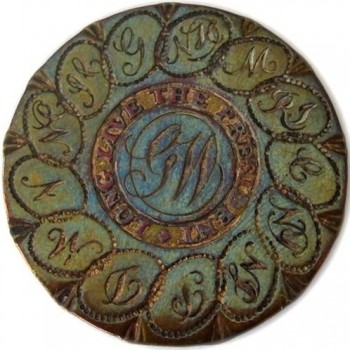
To a collector, Color means everything!
Learning the Colors of Metal Buttons:
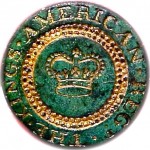
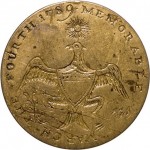
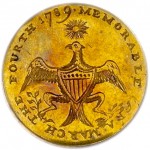
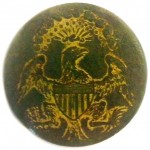
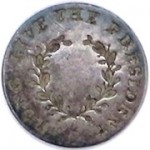
Bronze: has the broadest Spectrum of Colors, Black, Brown Blue, Green, Red, and a bright rich Gold.
Brass: mostly known for Yellow, but can have Blue, a Verde (Green Marble with white veins) Antique, Green, and Dark Red/Burgundy.
Copper: is a Reddish ~ Brown Metal that has various combined color shades in-between.
Gold: is a deep lustrous Yellow, or Yellow-Brown Color.
Silver: is a shiny Grayish-White metal.
Pewter: is a Silver-Gray Metal that can have various lighter or darker shades.
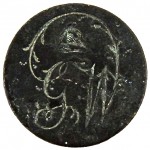
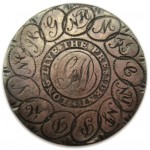
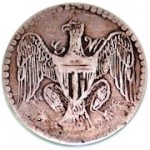
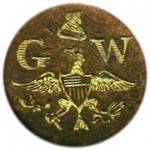
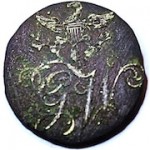
What is the difference & benefits between Silver or Gold-Wash and Gold / Silver-Plating:
Silver or Gold-Wash is a term used to define the process of how a button was silvered or gilded by a Jeweler before the introduction of electroplating in the mid 1820’s. Early officer’s buttons during the Revolutionary War would have Gold or Silver-Wash applied to them. It would often serve as a distinguishing characteristic to highlight the difference between an officer and a regular enlisted men’s uniform. In the mid 1780’s, Tinning buttons was used to stop rust, and give a stronger silver appearance. By the time of the War of 1812-1815, silver plated buttons were in full swing for officers.
Silver-Wash:
These silver-wash buttons used an amalgam process, which unfortunately left worn or bare spots from an individuals constant finger placement when buttoning and un-buttoning their garments. The silver-wash process usually entailed someone hand brushing “Washing” a liquefied Silver & Mercury onto the button’s surface. Then the button was placed in an oven, and the heat would evaporate off the Mercury leaving a thin silver coating that was fused onto the surface of the button. This process was kind of archaic, and the Silver-Wash on the button didn’t hold up after extended use/wear.
Silver Plating:
A better manufacturing method was needed by Jewelers to correct this problem and Gold / Silver-Plating (Electroplating) was introduced somewhere in the early 1820’s. This new process coated the whole button uniformly, and gave the button a more even appearance and coat throughout the obverse and reverse. Also, electroplated button’ Gold or silver didn’t wear down as fast, and it didn’t have that rub-off appearance in contact areas that washed buttons had. This new electroplating process with silver and gold was a giant leap in the manufacturing of buttons. Jewelers and metallurgist’s noted that certain metals such as, copper had an affinity toward silver, and brass had an affinity toward gold.